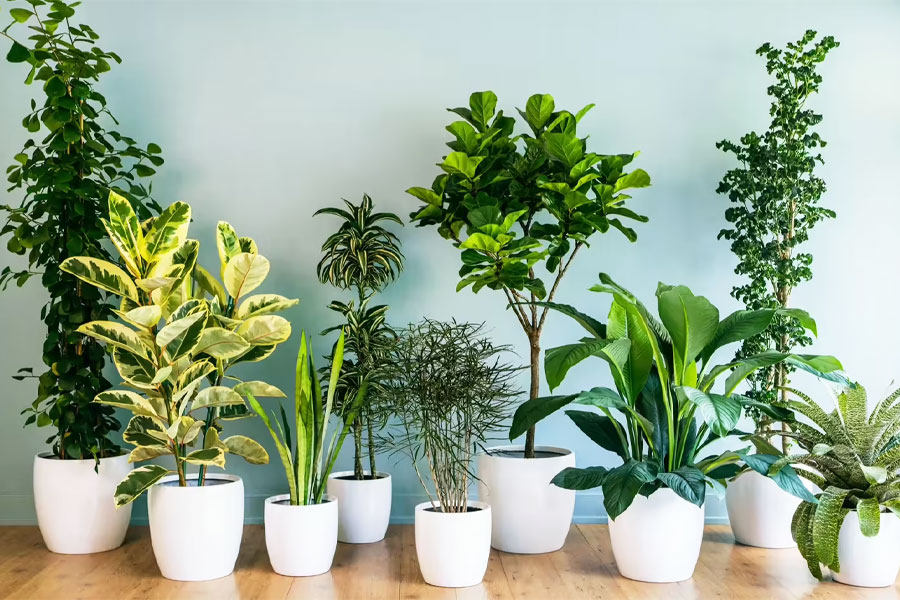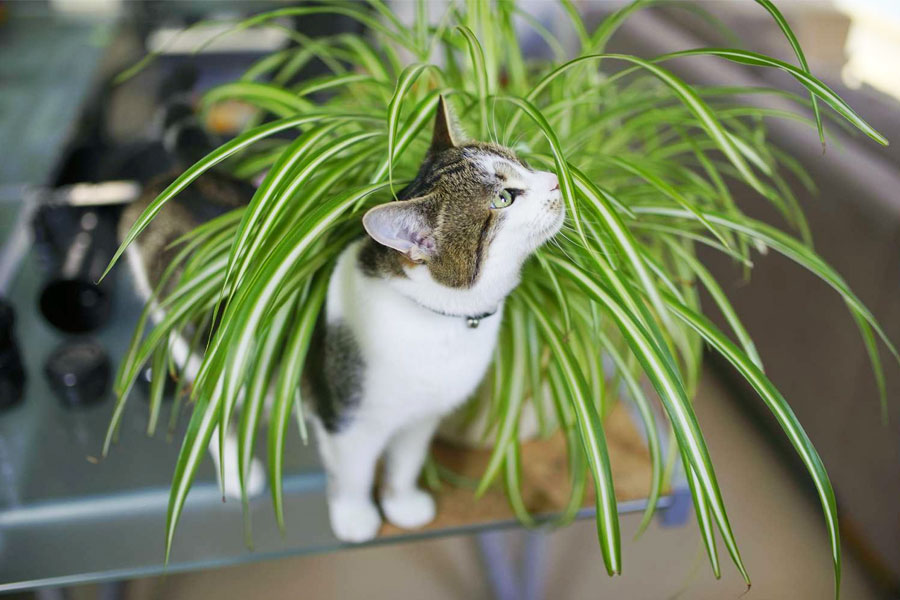
Basil, known scientifically as Ocimum basilicum, is a popular herb cherished for its aromatic leaves and distinctive flavor. Widely used in culinary dishes around the world, particularly in Italian and Southeast Asian cuisines, basil is also valued for its medicinal properties. This article delves into the various aspects of basil, from its different species to ideal growing conditions and care tips.
What is the Scientific Name For Basil
The scientific name for basil is Ocimum basilicum. This name reflects its genus (Ocimum) and species (basilicum), indicating its classification within the Lamiaceae family, which includes other aromatic herbs such as mint, rosemary, and sage.
Basil is a versatile and beneficial herb that can enhance both your garden and your kitchen. By understanding its needs and how to care for it, you can enjoy fresh, flavorful basil throughout the growing season.
Species of Basil
- Ocimum basilicum (Sweet Basil):- The most widely grown and used variety, known for its sweet, clove-like flavor.
- Ocimum thyrsiflora (Thai Basil):- Recognized by its purple stems and anise-licorice flavor, this species is popular in Thai cuisine.
- Ocimum × citriodorum (Lemon Basil):- Known for its citrusy aroma and flavor, this species is a hybrid between basil and African basil.
- Ocimum tenuiflorum (Holy Basil):- Also known as Tulsi, this species is revered in Hindu culture and used in Ayurvedic medicine.
Description and Characteristics
Appearance
Basil is known for its bright green leaves and distinctive fragrance. The leaves are typically oval-shaped with pointed tips and have a smooth texture.
Fragrance
Basil plant is renowned for its sweet, peppery flavor with hints of clove and anise. The herb’s aroma is equally distinctive, characterized by its fresh, herbaceous scent that intensifies when the leaves are crushed or bruised.
Plant Structure
Basil plants have a fibrous root system with numerous small roots that spread out in the soil to absorb water and nutrients. They can reach heights of up to 2 feet tall.
Growing Habits
Basil ideally grow in warm, sunny environments with well-drained soil. It is commonly grown as an annual herb but can also be cultivated indoors as a perennial.
Medicinal Properties
Basil plants boast several medicinal properties. They are rich in essential oils, antioxidants, and nutrients to possess anti-inflammatory, antibacterial, and antiviral properties. The herbs are often used in traditional medicine to alleviate digestive issues, and promote overall well-being.
Ideal Growing Conditions
1. Warm Temperature
Basil grow in warm temperatures between 21°C to 32°C. It is sensitive to cold temperatures and will not tolerate frost.
2. Plentiful Sunlight
Basil plants require ample sunlight to grow well. They aim for at least 6 to 8 hours of direct sunlight per day.
3. Well-Drained Soil
Basil prefer well-drained soil with a pH level between 6.0 to 7.5. Rich, fertile soil with good organic matter content is also required.
4. Consistent Moisture
Consistent moisture is essential to grow basil plants. But you have to make sure there is not waterlogged. Water the basil plants deeply whenever the top inch of soil feels dry to the touch.
Planting and Care Tips
Planting
- Plant basil seeds or transplants after the last frost date in your area.
- Make sure to space plants 12 to 18 inches apart to ensure adequate air circulation.
- Sow seeds 1/4 inch deep, lightly covering with soil.
Care
- Water newly planted basil thoroughly to help establish roots.
- Use a balanced fertilizer or organic compost applied lightly around the base of the plant every 4 to 6 weeks during the growing season.
- Regularly pinch off the tips of basil stems to encourage bushier growth and prevent the plant from flowering too soon.
- Keep an eye out for common pests such as aphids, whiteflies, and spider mites, which can damage your plants.
Common Issues and Solutions
1. Pests and Diseases
Pests like aphids, spider mites, and whiteflies, as well as diseases like basil downy mildew and fusarium wilt, can affect basil plants.
Solution:- You can use organic pesticides or insecticidal soap to control pests like aphids or spider mites. Removing affected leaves and isolate infected plants can also be beneficial.
2. Yellowing Leaves
Yellowing leaves or stunted growth of basil plants may indicate nutrient deficiencies, particularly nitrogen, potassium, or magnesium.
Solution:- You have to regularly feed basil with compost or organic fertilizers rich in Nitrogen, potassium and magnesium during the growing season.
3. Root Rot
Excessive moisture or poorly drained soil can lead to root rot in basil plants.
Solution:- Plant basil in well-drained soil, avoid overwatering, and ensure pots have drainage holes. Trim affected roots and replant in fresh soil.
4. Bolting
Basil plants may bolt prematurely, producing flowers and going to seed, especially in high temperatures or stressful conditions.
Solution:- You have to regularly harvest basil to encourage bushy growth and prevent flowering. Provide adequate shade and water during hot weather to reduce stress and delay bolting.
Benefits of Basil
- Basil contains potent antioxidants like flavonoids and polyphenols, which help protect the body from oxidative stress caused by free radicals.
- Compounds in basil, such as eugenol, and citronellol, exhibit anti-inflammatory properties, which may help alleviate inflammation.
- Promote cardiovascular health by supporting healthy blood pressure levels and reducing the risk of heart disease.
- Basil plants are rich in vitamins A, C, and K, as well as essential minerals like iron and calcium, that helps to strengthen the immune system and support overall health.
- The aroma of basil essential oil have calming effects and may help reduce stress and anxiety levels.
- Basil is helpful in digestive issues like bloating and indigestion.
Frequently Asked Questions
1. How often should I water basil plants?
Water basil regularly, ensuring the soil remains consistently moist but not waterlogged. Typically, watering 2-3 times a week is sufficient.
2. Can basil be grown indoors?
Yes, basil can be grown indoors. Ensure it receives at least 6 hours of direct sunlight or use grow lights to supplement natural light.
3. How do I prevent basil from bolting?
Pinch off the tops of the basil plants regularly to prevent flowering and promote bushier growth. Remove any flower spikes as they appear.
4. What pests commonly affect basil?
Common pests include aphids, spider mites, and whiteflies. Use insecticidal soap or neem oil to manage infestations and attract beneficial insects like ladybugs.
5. When is the best time to harvest basil?
Harvest basil leaves as soon as the plant has enough foliage. Regular harvesting encourages new growth. For the best flavor, harvest in the morning after the dew has dried.







